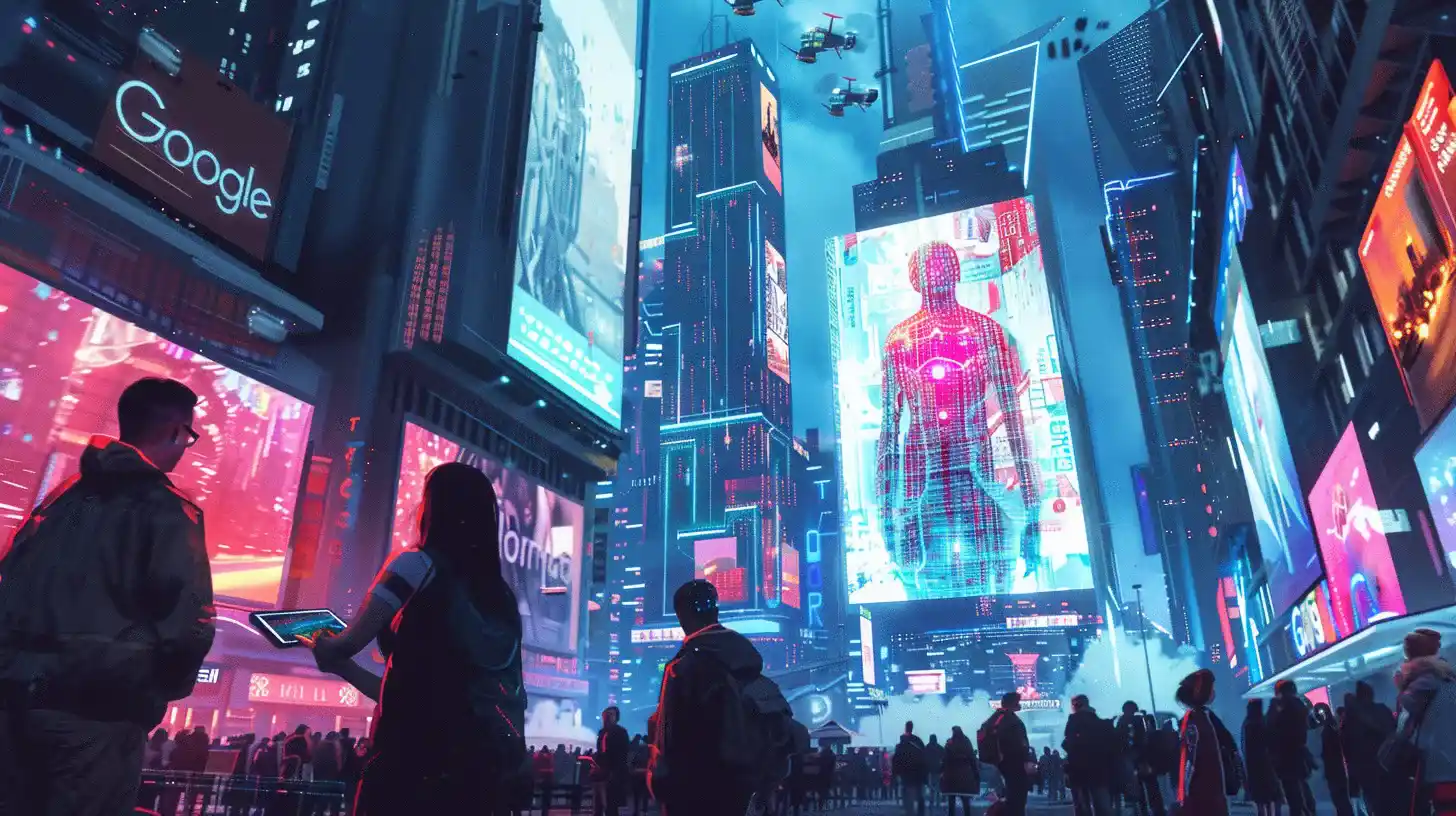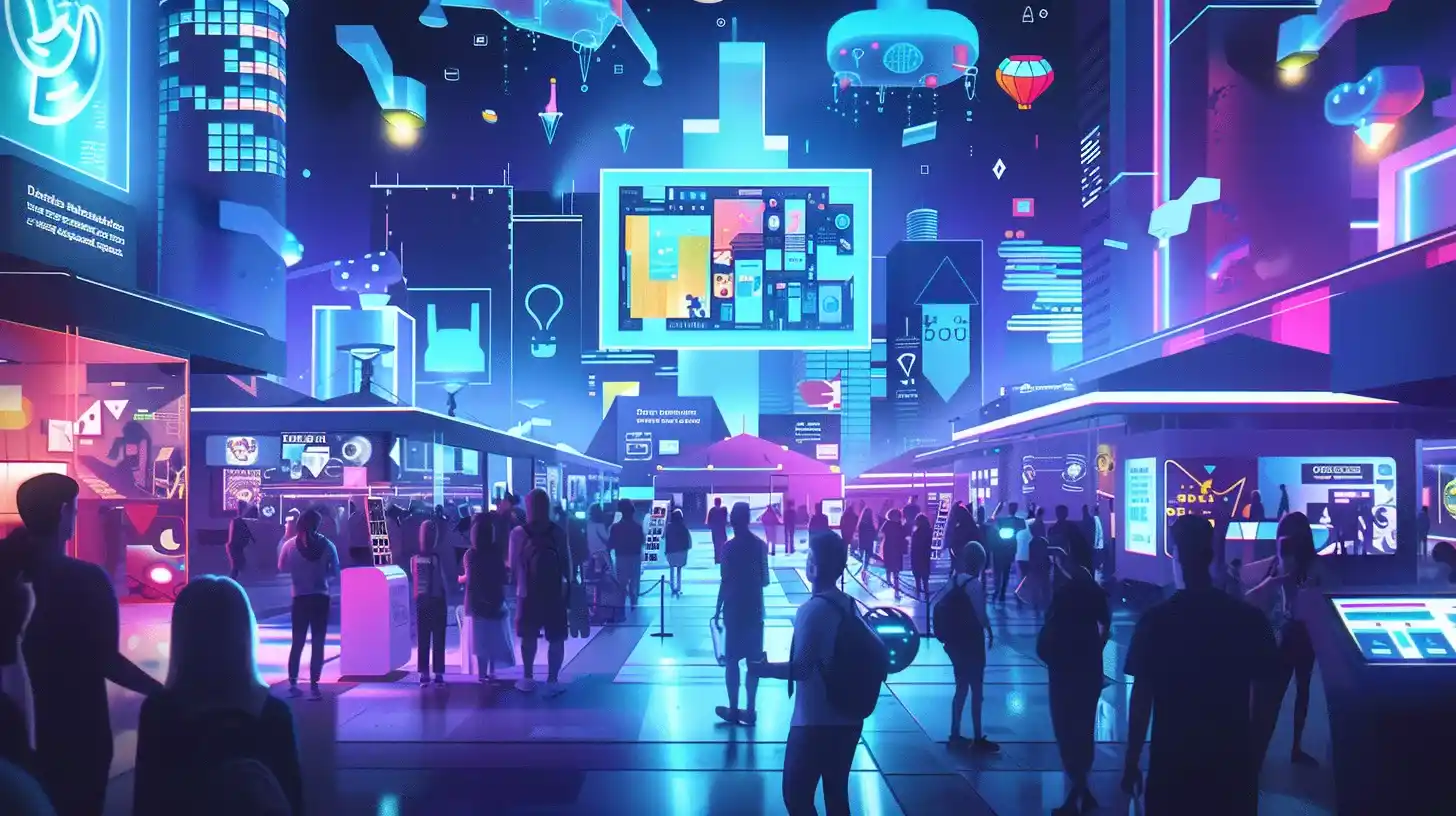Table of Contents
YouTube Training Data and AI Video Models: A simmering tension has emerged between tech titans Google and Microsoft-backed OpenAI, with YouTube content at the center of the dispute. Google CEO Sundar Pichai hinted at potential action if OpenAI’s video-generating AI model, Sora, was trained on YouTube training data without proper permission.
This controversy stems from OpenAI’s Chief Technology Officer, Mira Murati, expressing uncertainty about the source of Sora’s training data. While Murati confirmed using publicly available and licensed data, a report by The New York Times revealed the potential use of over a million hours of transcribed YouTube videos.
This raises copyright concerns, echoing lawsuits filed against OpenAI by The New York Times and the Authors Guild for allegedly using copyrighted material without authorization.
Pichai, tight-lipped on specifics, emphasized Google’s clear terms of service and established processes to address potential violations. He highlighted Google’s upcoming AI model, Veo, which offers similar video creation capabilities, but with a controlled access system.
The AI Video Models Duel: OpenAI’s GPT-4o vs. Google’s Project Astra
This clash comes amidst a rapid advancement in AI technology. OpenAI unveiled GPT-4o, promising realistic voice conversations through its ChatGPT app. Google countered by showcasing Project Astra, an upcoming feature for its Gemini chatbot that grants similar multimedia chat functionalities. Both companies are vying for dominance in the AI space, each confident in their approach.
While OpenAI claims an early access program for its voice mode, Pichai asserts that Google’s Project Astra will be readily available later in the year for its Gemini users. Google’s commitment to accessibility extends beyond its own platforms. Despite speculation about integrating Gemini with iPhones, Pichai reassured the public about Google’s strong partnership with Apple.

He emphasized their focus on delivering exceptional experiences for the Apple ecosystem, citing the popularity of AI Overviews on iOS devices during testing.
The battle between Google and OpenAI is not just about technical prowess – it’s about ethical considerations and user accessibility. As AI continues to evolve, the question of responsible data usage and ensuring widespread adoption will remain paramount.
YouTube Training Data: Copyright and the Future of AI
The potential copyright infringement surrounding YouTube training data in OpenAI’s training raises critical questions about the ethical boundaries of AI development. While the sheer volume of publicly available data is undeniable, the murky line between “public” and “fair use” necessitates stricter regulations.
Transparency and Traceability: Currently, a lack of transparency exists in how companies like OpenAI source and utilize training data. Ideally, a system should be established that allows for clear tracing of data origin and ensures proper licensing and attribution whenever copyrighted material is used.
Algorithmic Bias: The data used to train AI video models can perpetuate existing societal biases. For instance, if a video-generating AI is trained on a dataset heavily skewed towards a particular ethnicity or gender, the resulting outputs might reflect those biases. Mitigating this requires employing diverse training datasets and implementing bias detection algorithms within the AI itself.

The Human Oversight Factor: As AI capabilities continue to expand, the potential for misuse becomes a growing concern. Human oversight remains crucial, particularly in areas like content creation. AI video models should be designed to function as collaborative tools, not autonomous entities. Humans should retain the power to guide and refine the creative direction produced by AI.
The ethical considerations surrounding data usage are just one facet of the complex landscape of AI development. Another significant challenge lies in ensuring equitable access to these advancements.
Democratizing AI: Bridging the Accessibility Gap
While Google and OpenAI showcase their latest AI features, a crucial question lingers: who gets to experience these advancements? A significant portion of the global population lacks access to the necessary infrastructure or resources to utilize cutting-edge AI technology.
Open-source initiatives: Encouraging open-source development of AI video models fosters collaboration and allows smaller companies and individuals to participate in the innovation process. This fosters a more diverse and inclusive AI ecosystem.
Lowering the Entry Barrier: Simplifying user interfaces and reducing computational requirements for AI tools can make them more accessible to a broader audience. Imagine user-friendly AI applications that don’t require specialized coding knowledge.
Focus on Education and Training: Equipping people with the skills necessary to understand and utilize AI is crucial. Educational programs and training initiatives can bridge the knowledge gap and empower more individuals to leverage AI for their benefit.
The race for AI supremacy is not a zero-sum game. By prioritizing ethical considerations, fostering accessibility, and promoting collaboration, both Google and OpenAI, along with other tech giants, can usher in a future where AI benefits everyone.